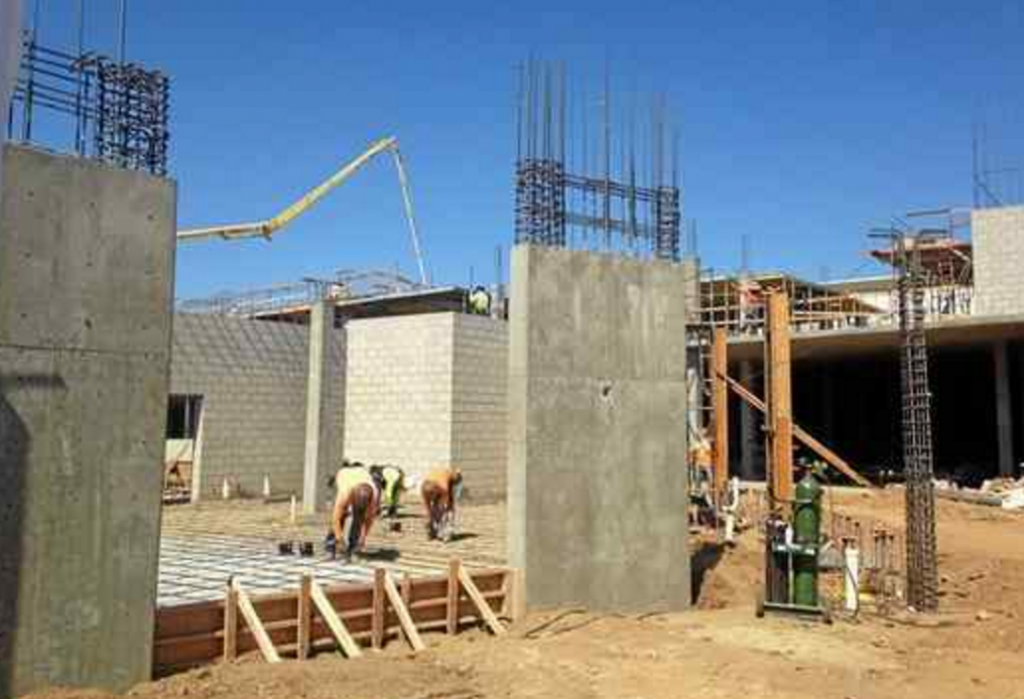By Kevin Smith, San Gabriel Valley Tribune
Most Los Angeles County employers are feeling optimistic about their business prospects for 2016, but fewer than half plan to add more employees, according to a survey released today.
The Los Angeles County Business Federation (BizFed) survey reveals that 64 percent of business owners expect business conditions to improve either slightly or significantly compared with 2015, down 2 percent from last year.
At the same time, 41 plan to boost their payrolls, but that number grew just 1 percent from the same time last year.
In 2015, 10 percent more employers than the year before indicated that they had plans to bring on more workers, so hiring plans have slowed over the past two years.
Another 41 percent expect “no significant change” in their staffing for 2016, while 12 percent are planning layoffs. Last year 11 percent were anticipating layoffs, but the previous year that number topped out at 14 percent.
The survey also notes that 25 percent of business owners who were polled have plans for business expansion, up from 24 percent last year. And 84 percent plan to keep their operations in L.A County or the state, while 6 percent plan to leave the region.
“It’s disappointing because even though most businesses are optimistic about growing and increasing their market share they plan to do it through increased efficiencies and automation — not with more people,” said Tracy Hernandez, BizFed’s founding CEO. “Many of the people who don’t have jobs aren’t a good match for the skilled workforce that’s needed. We have a skills gap and that needs to be addressed.”
Employers, she said, are choosing a more cost-certain investment in technology and equipment.
That has certainly been the case with at least one Southland industry, according to Inland Empire economist John Husing. In a recent interview, Husing said California’s upcoming minimum wage hikes will force logistics firms with low-paid warehouse workers to invest more heavily in robotic technology. And some already have.
Husing cited a state-of-the-art Skechers distribution center in Moreno Valley as a prime example.
“It’s entirely robotic,” he said. “There’s no one inside other than the people who handle the care and feeding of the main computers and air conditioning system.”
Twenty-eight percent of employers surveyed by BizFed said an increase in the state’s minimum wage would force them to lay off employees or cut back in worker hours. Another 46 percent said the wage hikes would have “no impact” on their operations.
It should be noted, however, that most of the survey responses were gathered before California’s new minimum wage requirements were signed into law on April 4.
The pay hikes will begin next year when the state’s current minimum wage of $10 an hour rises to $10.50. That will increase to $11 an hour the following year and continue rising until it hits $15 an hour in 2022.
BizFed Founding Chairman David Fleming said local employers are “understandably concerned” about the state-mandated wage increases that are set to occur over a short period of time. That may be prompting their hesitation to hire, he said.
“Interestingly, more respondents expressed concern about potential regionally imposed increases in the minimum wage, which may reflect overall concerns about business unfriendliness at the local level,” Fleming said.
The top concern for the sixth year in a row among business owners is the burdensome taxes and fees companies must pay in order to operate in California. That was followed by transportation concerns centered around long commute times, government regulations and compliance, needed reforms in K-12 education, and California’s deteriorating infrastructure of roads, freeways, bridges and waterways.
Stuart Waldman, president of the Valley Industry and Commerce Association, said taxes and fees are especially burdensome for Southland business owners.
“Every single thing piles onto the next,” he said. “Our elected officials need to pay attention every time they vote for a new tax or fee. They should be required to get a list of all the fees and taxes business owners are already paying.”
Waldman said restaurant owners are among the hardest hit.
“They pay upwards of 50 taxes and fees,” he said. “Our elected officials are working in a vacuum. They think, ‘Oh, this will only be a couple more dollars.’ But all of this adds up.”
The survey results ranked Torrance, Santa Clarita, El Segundo, Burbank and Long Beach as L.A. County’s most “business friendly” cities. Los Angeles and Santa Monica were designated the “least business friendly.”
BizFed, which represents 275,000 employers with 3 million employees across Souther California, conducted the survey from March 1 through April 12.
